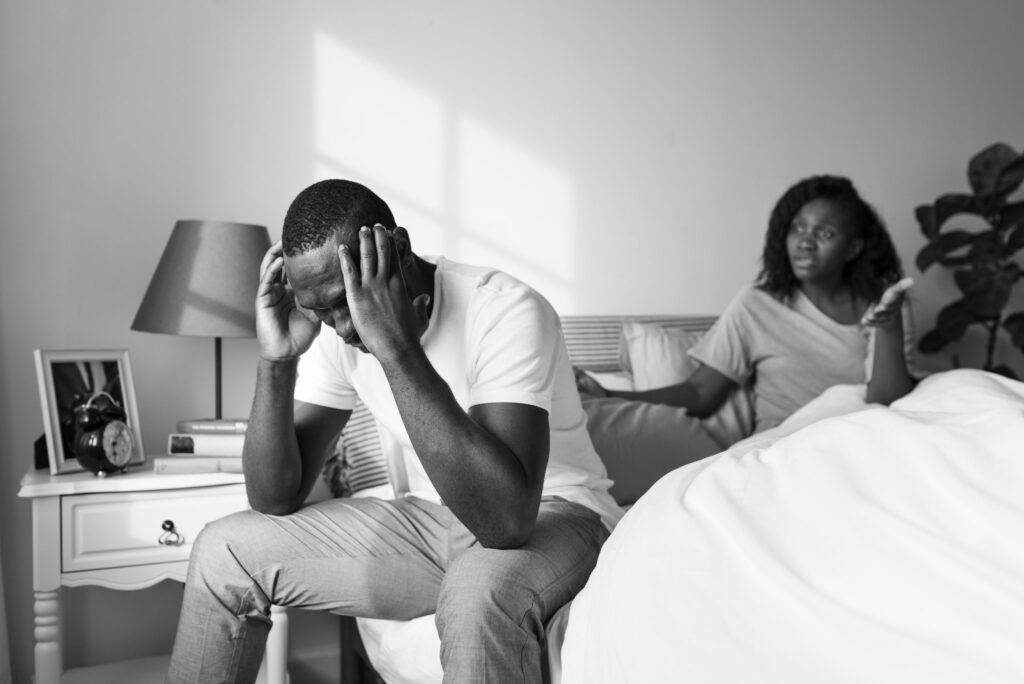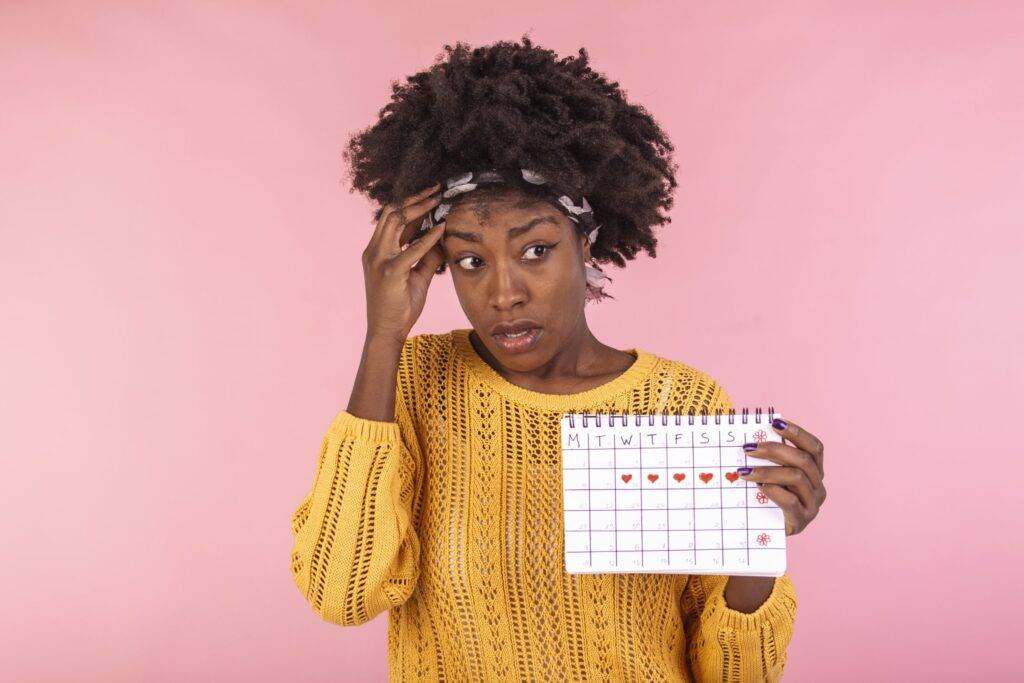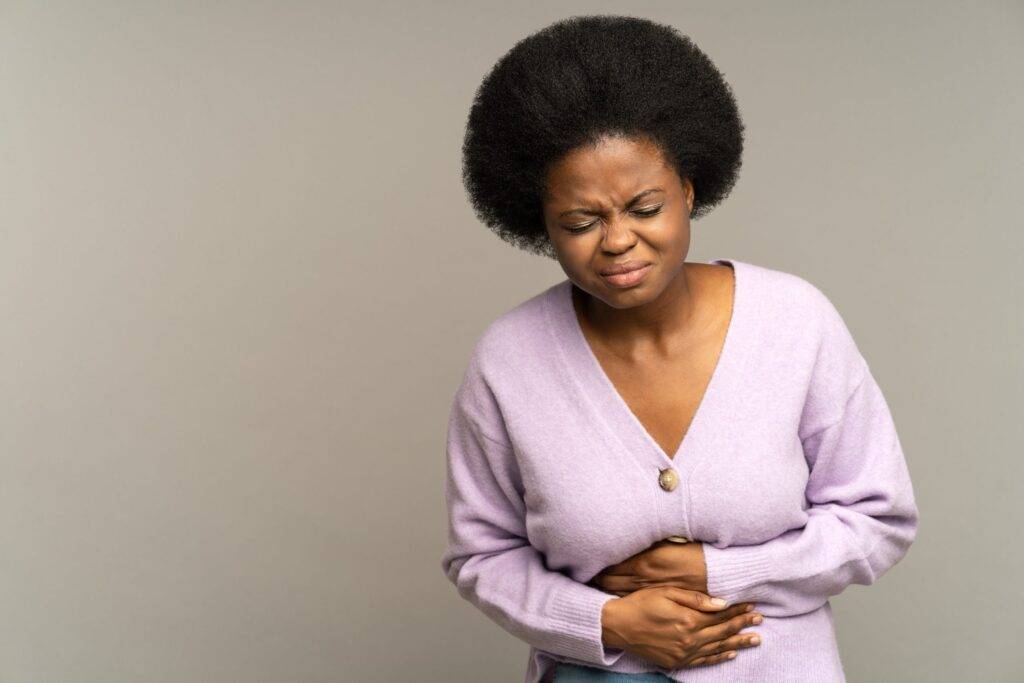




Emotional lows are normal. Daily, many stressors and factors chip away at our mental well-being, leaving us sad and unmotivated. But when these emotional lows last longer than expected, they may be signs of depression.
What is Depression?
Depression is one of the world’s three most common mental illnesses, affecting more than 264 million people. It’s a mood disorder that can affect a person’s feelings, behavior, and thought patterns.
Symptoms of Depression
Symptoms may differ depending on the type, but here are the most common signs that you may be depressed:
- Persistent feelings of unhappiness
- Hopelessness
- Difficulty concentrating
- Recurring thoughts of self-harm or suicide
- Irritability
- Insomnia
- Unusual weight gain/loss
- Anorexia (poor appetite)
- Low self-esteem
- Anhedonia (inability to feel pleasure in activities you usually find interesting)
To be diagnosed with depression, an individual must have experienced a depressive episode — persistent symptoms of depression for more than two weeks.
Types of Depression
While their symptoms might be similar, there are different types of depression. The approach to treating depression depends on its type, so if you think you’re depressed, it’s essential to know what type it is so you can properly ascertain the proper treatment to receive.
In this article, we’re examining nine types of depression. They are:
- Dysthymia
- Major/Clinical Depression
- Bipolar Disorder
- Postpartum Depression
- Psychotic Depression
- Situational Depression
- Premenstrual Dysphoric Disorder
- Atypical Depression
- Seasonal Depression
Dysthymia/Persistent Depression
Dysthymia is a chronic type of depression lasting for two or more years. It may be hard to spot because it’s often taken as a normal reaction to life’s challenges.
Signs may include low self-esteem, anorexia, anhedonia, constant fatigue, social withdrawal, intense feelings of hopelessness, and poor productivity.
Treatment: Psychotherapy or medication. Depending on how severe the symptoms are, doctors can recommend both.
Major/Clinical Depression
Clinical Depression is characterized by a persistent feeling of sadness and loss of interest in activities that used to be pleasurable (anhedonia). It might take the form of anxiety, melancholy, or agitation.
Suggested read: The Cost of Therapy in Nigeria: What You Need to Know.
Common signs of Major Depression are restlessness, weight loss/gain, hypersomnia (excessive sleepiness), insomnia (difficulty falling or staying asleep), fatigue, and suicidal thoughts. Once five or more symptoms are present for two weeks or more, a person can be diagnosed with Clinical Depression.
Treatment: antidepressants, ElectroConvulsive Therapy (ECT), and Transcranial Magnetic Stimulation (TMS).
Bipolar Disorder
Also known as Manic Depression, bipolar disorder comes in two stages: Bipolar 1 (The Mania Stage) and Bipolar 2 (The Hypomania/Depression Stage).
Bipolar disorder is a mental disorder that causes unusual and severe mood swings. A person with bipolar disorder may experience “highs” (mania) and “lows” (depression), which may last for a few days or weeks. Symptoms also include hallucinations and recurring thoughts of suicide or self-harm.
Bipolar 1 (The Mania Stage)
During this stage, an unusual, elevated, or irritable mood lasts for at least one week. Symptoms of mania: euphoria, irritability, insomnia, racing thoughts, talkativeness, and self-destructive behavior.
Bipolar 2 (The Hypomania/Depression Stage)
Hypomania is an unusually gassed-up state of mind that affects mood and thoughts, and the behavior persists for at least four days. Symptoms: extraordinarily high spirits, inflated self-esteem, insomnia, racing thoughts and speech, reckless spending, hypersexuality, inability to focus, irritability, and suicidal thoughts.
Treatment: The most effective treatment for BPD is psychotherapy. The use of drugs is rare because it can induce the Mania stage in some persons.
Postpartum Depression
Postpartum Depression occurs after childbirth and is common among women with a history of depression.
Symptoms may include insomnia, loss of appetite, crying spells, intense irritability, restlessness, difficulty bonding with the baby, withdrawing from loved ones, overwhelming fatigue, feelings of guilt, shame, inadequacy, or hopelessness, panic attacks, thoughts of self-harm, thoughts of harming the baby, and recurrent suicidal thoughts.
Treatment: Treatment depends on how severe the symptoms are. Treatment can include antidepressants, hormone therapy, cognitive behavioral therapy, counseling, or psychotherapy.
Suggested read: Top Therapists and Counselors in Nigeria.
Psychotic Depression
Psychotic Depression, also called Depressive Psychosis, is Clinical Depression on steroids. It’s a severe combination of depression and psychosis, so it may require hospitalization.
Symptoms may include hallucinations, paranoia, psychosis, and extreme hours of sadness.
Treatment: Since it’s a combination of depression and psychosis, it must be treated both ways. Antipsychotic medication and antidepressants are the most common treatments. In rare cases, ElectroConvulsive Therapy (ECT) is used.
Situational Depression
Also known as Adjustment Disorder, Situational Depression is short-term and often triggered by life-changing events, like trauma from experiencing heartbreak, the death of a loved one, unemployment, or life-threatening illnesses. These are life issues, and a sad reaction is normal. However, if it becomes hard to adjust to normal daily life, that may be a sign of Situational Depression.
Symptoms include sadness, bouts of crying, anxiety, social withdrawal, insomnia, fatigue, inability to focus, and loss of appetite.
Treatment: Its main type of treatment is psychotherapy. Medication is rarely needed.
Premenstrual Dysphoric Disorder (PMDD)
PMDD is a severe form of Premenstrual Disorder (PMS) which involves physical and behavioral changes before menstruation.
Symptoms may include mood swings, sadness, irritability, binge eating, insomnia, bloating, breast tenderness, or anxiety.
Treatment: PMDD tends to get better during menstruation, but patients can use antidepressant medications. Coping strategies like exercising and reducing intake of caffeine can also help.
Atypical Depression
Atypical Depression is not the “typical” type of depression. People with Atypical Depression experience similar symptoms to Clinical Depression, but the significant difference is that their mood improves if something positive happens.
Suggested read: Navigating Tech-Media Life with Autism in Nigeria – A Chat with Victoria Fakiya
People with Atypical Depression may also experience hypersomnia/insomnia, eating disorders, weight gain, heaviness in arms or legs, extreme sensitivity to criticism, body aches, and poor body image.
Treatment: While psychotherapy is often the best treatment for Atypical Depression, an antidepressant called Selective Serotonin Reuptake Inhibitor (SSRI) is usually another form of treatment.
Seasonal Depression
This is a rare type of depression that occurs at the same time every year. Also, it happens in climates with less sunlight at specific times of the year.
Symptoms may include feelings of hopelessness, fatigue, oversleeping/insomnia, anorexia/binge-eating, anhedonia, and social withdrawal.
Treatment: Light therapy, talk therapy, physical exercise, and medication.
Takeaway
Depression is a complex mental health condition that can manifest in various ways. If you think you’re depressed, don’t hesitate to reach out for help. We’re happy to provide all the resources and support you need. Remember: you are not alone!
9 Effective Ways to Manage Stress.
Next article8 Signs Your Mental Health is Dwindling.




